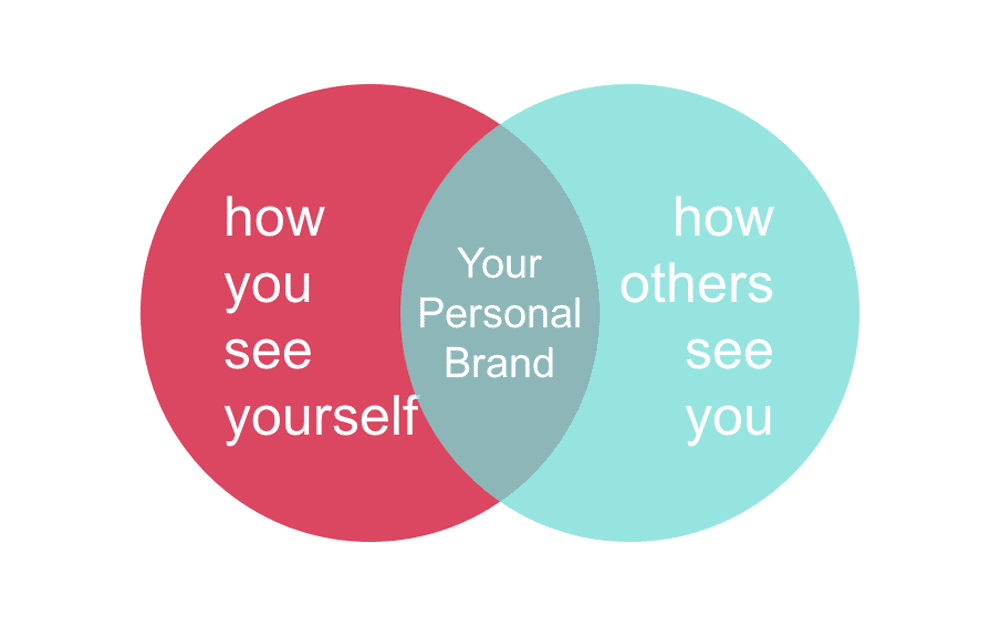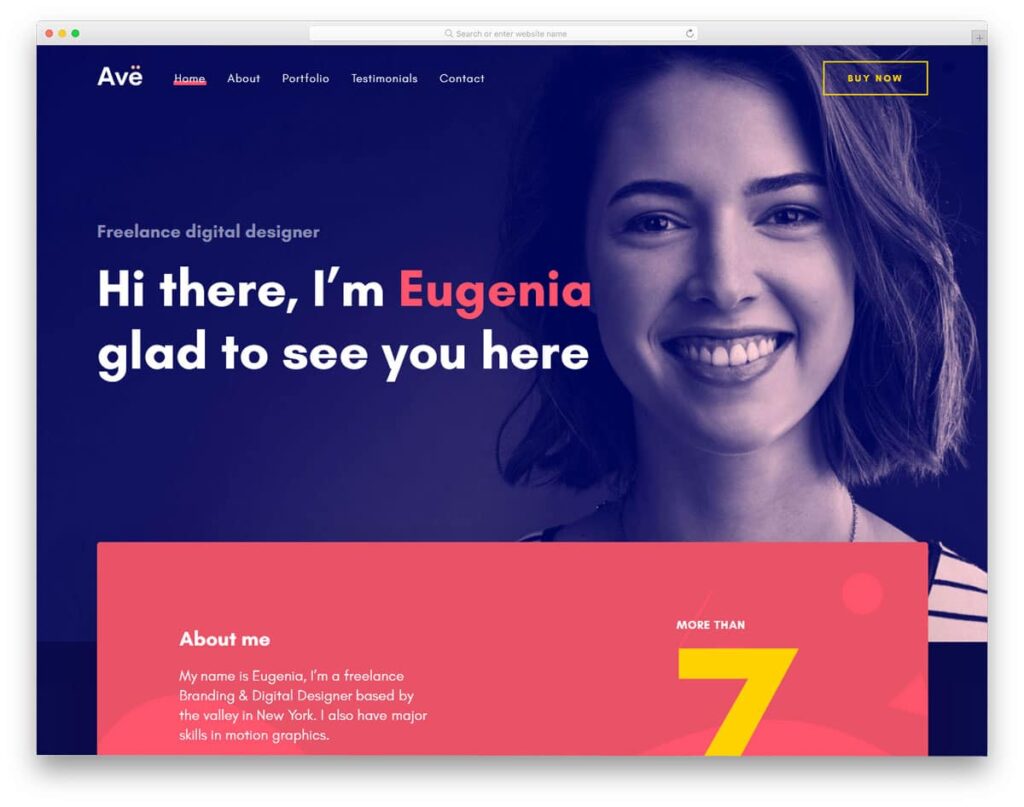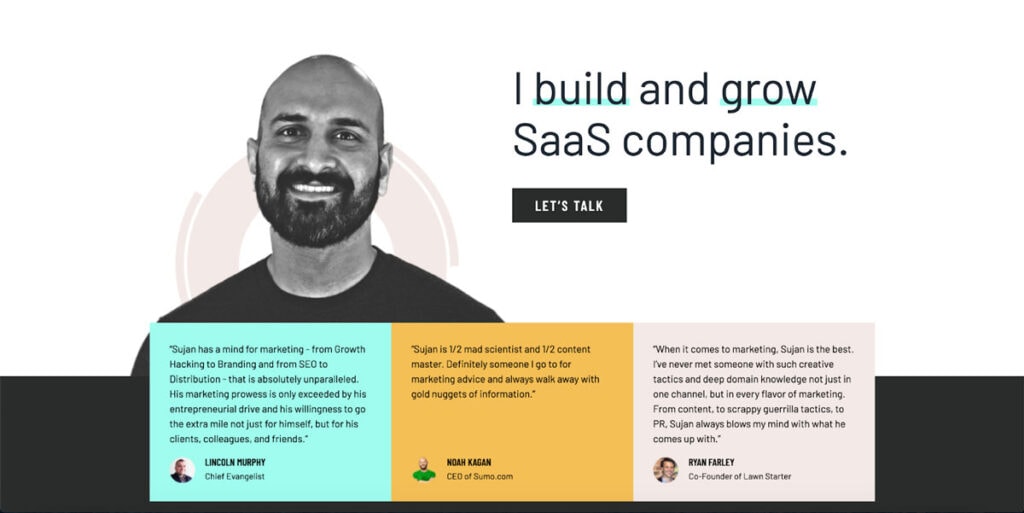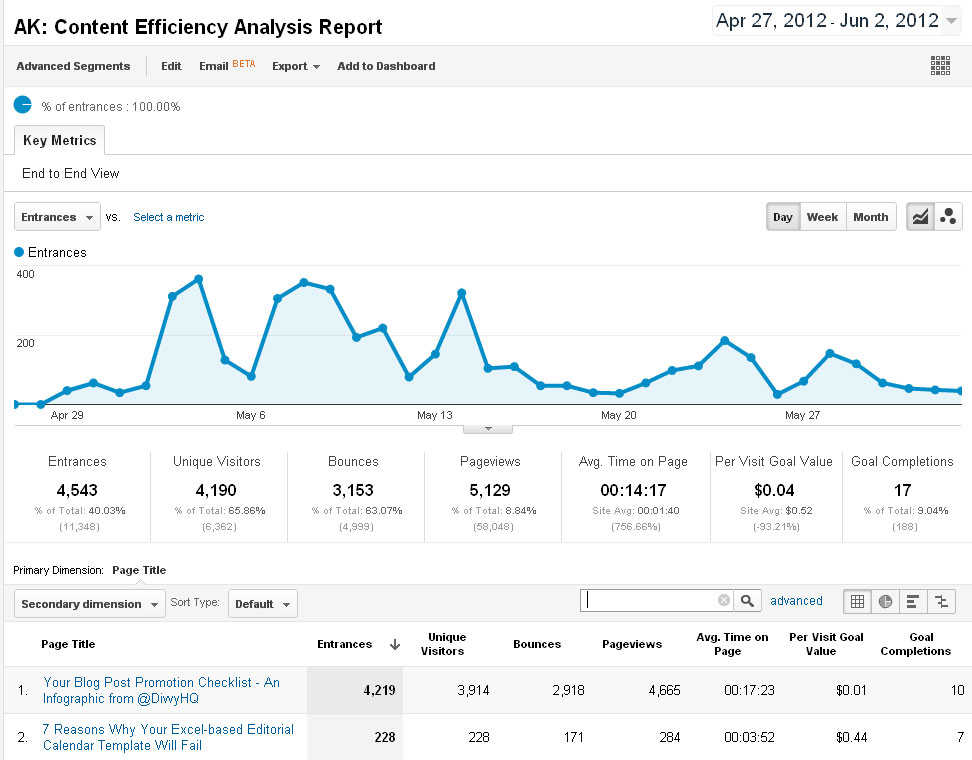How to Launch a Personal Brand with Impact
Personal branding has become essential for professionals looking to stand out and thrive. With the rise of social media and online profiles, individuals now have the power to shape their narratives and put forth the image they want to present to the world. Developing a compelling personal brand is no longer just for celebrities and influencers – it's a must for anyone who wants to be known and valued for their unique talents, perspective, and contributions.
The core of any personal brand is authenticity. By identifying your genuine strengths, skills, and values, you can determine the unique voice and message you want to put out into the world. This allows you to resonate with your ideal audience and community. A strong brand reaches people emotionally and forges meaningful connections. It's not about artifice or gimmicks. It stems from passion and purpose.
Crafting a personal brand takes strategy and commitment. It means presenting yourself thoughtfully across all platforms, from social media to professional profiles and websites. Consider what makes you stand apart from others in your field. Tell your story, flaws and all. Be transparent about your background, principles, and vision. Memory is short; compelling stories are sticky.
An authoritative personal brand opens doors to new opportunities. It makes you the obvious choice for partnerships and collaborations. It establishes you as a leader worth following and learning from. In the digital age, you are your own media company. Take control of your narrative and put your best self forward. The possibilities are endless when you embrace the ongoing process of developing your authentic personal brand.
Table of Contents
How to Launch a Personal Brand

Discovering Your Authentic Self
Developing an authentic personal brand starts with self-reflection and introspection. Before accurately conveying your brand to others, you must clearly understand your core values, passions, interests, skills, and what makes you unique.
Set aside time for deep thinking about what motivates and drives you. What are you deeply passionate about? What do you love to do in your spare time? What are your strongest abilities and talents? What are your proudest accomplishments and defining experiences? Dig deeply to uncover your true motivations, personality, and perspectives.
Your brand should stem organically from this inner exploration, not from what you think others expect from you. An authentic brand is true to who you genuinely are, not an idealised or artificial version of yourself. Stay grounded in self-awareness and resist the urge to conform to external standards or chase trends.
As you develop your brand, consider how to authentically share your passions, talents, values and personality with your audience. Share stories that provide meaningful insights into who you are. Be transparent about your journey, background, and highs and lows. Vulnerability and honesty will help you connect with others.
While you want your brand consistent, allow it to evolve naturally as you grow and change. Checking in periodically with your inner self will ensure your brand continues reflecting your authentic self. The most compelling brands are rooted in self-awareness, integrity and human connection.
Clarifying Your Values and Mission
Aligning your brand with your core values and mission is crucial for building authenticity and trust with your audience. Before creating any content or making business decisions, clearly define what your brand stands for. What are your guiding principles and passions? What change do you want to create in the world? Getting crystal clear on your core values and higher purpose will provide focus and direction.
For example, if sustainability is a top priority, make that central to your brand identity. Feature eco-friendly products and business practices prominently. Share tips for living lightly on the planet—support environmental causes. When sustainability permeates all aspects of your brand, from your logo to your supply chain, it becomes believable and influential.
Or you are driven by a vision of empowering creativity. Showcase artisans and makers. Offer workshops and coaching for artists. Use imaginative imagery and language in your communications. Curate a blog or podcast exploring creative expression. Infuse creativity into every customer touchpoint.
Your mission statement should encapsulate the impact you intend to make. Let this galvanising mission permeate your content strategy and community building. Create content that educates and inspires your audience related to your mission. Foster a community that unites around shared values and purpose.
You build an authentic foundation by ensuring your brand identity and mission align with your core values. This coherence will strengthen engagement and trust with your customers. As your company evolves, continue evaluating whether your content and brand experience uphold the values that set your brand apart. Keep refreshing your connection to purpose.
Crafting Your Brand Identity

Designing a Memorable Logo and Visuals
Visual elements are critical to establishing a memorable and effective brand identity. A thoughtfully designed logo serves as the cornerstone of your visual brand. Your logo should communicate your company's core values and personality in a simple, recognisable, and versatile way. Whether displayed on a website, business cards, signage, or other materials, your logo should be adaptable enough to remain clear and impactful.
In addition to a strong logo, careful consideration should be given to selecting a colour palette that represents your brand. The colours you choose say a lot about you to potential customers. Warm tones convey vibrancy and energy, while cool tones feel more soothing and trustworthy. Ensure your core brand colours are complementary and cohesive across your website, print materials, packaging, and more.
Consistency in typography also helps strengthen brand recognition. Choose one or two complementary fonts to utilise across all platforms. Consider readability, legibility, and how the font pairs with your logo, imagery, and colours. Heading styles should differentiate from body text in ways that make visual hierarchies clear. Formatting text strategically helps convey information effectively to your audience.
By taking a thoughtful and cohesive approach to vital visual elements, you can build a recognisable brand identity that resonates with your target audience. A robust visual brand immediately conveys to customers who you are, what you stand for, and why they should choose you. It captures the essence of your company in a memorable way that endures across marketing channels over time.
Choosing Your Brand's Voice and Tone
Developing a distinct brand voice is crucial for effectively communicating with your target audience and establishing your company's identity. Your brand voice encompasses the style, tone and personality of your channel messaging. It's what makes your brand unique and gives it character.
When crafting your brand voice, consider who your audience is and what would appeal to them. A casual, conversational tone may work well for a younger demographic, while a more professional, authoritative voice could be better suited to a B2B company. Your voice should align with your brand personality and resonate with your customers.
Consistency is critical when establishing a solid brand voice. Using the same writing style, word choices, and tone across platforms, including your website, social media, emails and advertising, creates familiarity and recognition. It helps people instantly know it's your brand communicating with them.
An authentic brand voice that fits your company personality allows you to connect emotionally with your audience. It builds trust and loyalty with customers who identify with your brand values. Developing a thoughtful brand voice that speaks to your target market is an impactful way to set your brand apart. Conveying your unique perspective and story through a clear, consistent voice can attract your ideal audience.
Creating a Consistent Online Presence

Maintaining a consistent personal brand across all your online platforms is crucial for building trust and credibility with your audience. When you are consistent, it shows that you are reliable, professional, and committed to your brand identity.
Certain elements should align and reinforce your brand message on your website, blog, social media profiles, and anywhere else you have an online presence.
First, ensure your visual branding is uniform, using the same profile photos, colour schemes, fonts, and logos wherever possible. For example, make your website header match your Twitter banner image.
Second, your messaging and tone of voice should also be consistent. If you position yourself as an approachable lifestyle blogger on Instagram, maintain that friendly tone in your newsletter and podcast. Don't shift randomly between formal and casual styles.
And third, your values and mission should come across clearly across all platforms. If philanthropic efforts are crucial to your brand, highlight that in your TikTok bio and LinkedIn summary.
You strengthen your personal brand by maintaining consistency in your visuals, messaging, and values everywhere. This consistency helps viewers quickly recognise your content and builds familiarity. It reinforces what you stand for in their minds. That translates into greater trust, loyalty, and understanding between you and your audience.
Building Your Online Platform

Developing an Engaging Website
Your website is the keystone of your online brand and presence. It's the primary place where people can learn more about you, your background, your skills, and the services you offer. An effective personal website allows you to shape how others perceive you in the digital sphere.
When designing your website, focus on creating an experience that is visually striking yet easy to navigate. Site visitors should be able to quickly find information about your services, credentials, and work samples. Optimise your website for mobile devices to accommodate traffic from phones and tablets.
Showcase your best work by featuring a portfolio of projects you've completed. Include photos, videos, client testimonials, and case studies highlighting your talents—blog regularly about industry topics to demonstrate your thought leadership and expertise.
Make sure your website reflects your brand identity. The colour scheme, fonts, and imagery should align with the style and tone you use on your business cards, resume, and social media profiles.
The goal is to make your website the go-to resource for anyone interested in learning more about and working with you. Creating a polished, user-friendly site can turn your digital presence into a valuable career development tool. Treat your website as an ever-evolving representation of your skills and experience.
Leveraging the Power of Social Media
Social media platforms offer invaluable opportunities for brands to expand their reach and connect with target audiences. With careful strategy and consistent engagement, companies can leverage social media to build meaningful customer relationships and elevate their brand.
Selecting platforms that align with your target demographic and industry vertical is essential when developing a social media strategy. For example, visual platforms like Instagram and Pinterest resonate with younger audiences, while LinkedIn caters to business professionals. Conduct market research to determine where your audience is most active online and focus your efforts accordingly.
Once you identify the proper social channels, engage regularly with high-quality content. Share relevant articles, images, videos, and thoughts that provide value for your followers. Respond to comments and questions to foster two-way interactions. Participate in discussions and leverage trending hashtags to join more significant conversations.
Consistency and authenticity are essential – your social presence should reflect your brand's voice and personality. Dedicate resources for generating creative content and monitoring engagement. Analyse performance regularly and adapt your strategy as needed.
The connections and brand awareness gained through strategic social media investment can be invaluable. With smart planning and sustained effort, it's possible to amplify your message and establish meaningful relationships through social platforms. Commit to showing up consistently, delivering value, and engaging at the human level.
Crafting Compelling Content

Content creation is vital for building a solid personal brand. The content you put into the world ultimately shapes people's perceptions of you and determines whether you are viewed as an authority and thought leader. In today's crowded digital landscape, creating content that genuinely resonates with your target audience is more critical than ever.
When developing content, consider carefully what types of information your audience wants and needs to hear from you. Rather than just creating content for content's sake, ensure that each piece you produce provides real value. From blog posts and videos to podcasts, webinars and social media updates, every content asset should aim to educate, entertain, inspire or help your audience meaningfully.
Approach content creation as an opportunity to position yourself as an expert. Share your unique knowledge and perspective on relevant topics to establish credibility. Content demonstrating your skills, insights and thought leadership will help distinguish you from others.
At the same time, don't just focus on promoting yourself. Create content that speaks directly to your audience's pain points and interests. Address their questions and concerns and provide solutions tailored to them. Content created with the sole intent of driving self-promotion rarely resonates.
Along with valuable information, inject personality into your content to build a connection with your audience. Share personal stories and anecdotes when appropriate to become more relatable. Use humour when suitable to make your content more human.
Measure the performance of your content efforts and refine your strategy based on what resonates best with your audience. Pay attention to engagement levels, comments and shares. Receiving feedback will allow you to adapt and improve continuously.
By consistently publishing high-quality, audience-focused content across platforms, you can establish yourself as a thought leader and drive engagement with the people who matter most. Make content the cornerstone of your personal brand.
Expanding Your Network and Influence

The Art of Networking and Relationship Building
Networking is a vital component of building a solid personal brand. Connecting with others who share your interests and goals allows you to form mutually beneficial relationships that can significantly raise your profile. Seeking opportunities to engage with your industry's community online and in person will help you meet key players and expand your reach.
Attending conferences, seminars, meetups, and other events offers a chance to interact face-to-face with peers and potential partners. Come prepared with business cards, an elevator pitch about your brand, and an openness to forge new bonds. Build rapport by asking thoughtful questions, sharing ideas, and following up to solidify the relationship. With each interaction, you broaden your circle and become more visible within your field.
Don't underestimate the power of online networking as well. Join industry forums and LinkedIn groups to share insights and resources. Comment on blogs and social media pages to position yourself as an expert. Offer to guest post, be interviewed for a podcast, or co-host a webinar to gain greater exposure. Social platforms make connecting with influential figures and like-minded professionals easy.
The connections made through strategic networking can lead to game-changing opportunities. You may get insider information about job openings, access to influencers, collaboration invitations, or investment in your brand. But focus on cultivating authentic relationships rather than advancing your agenda. Your network will expand organically with consistency and care as your reputation and credibility grow.
Collaborations and Partnerships
Strategic partnerships and collaborations can be a powerful way to expand your brand's reach and connect with new audiences. By partnering with professionals, influencers, or organisations that share similar values and interests, you open doors to new communities that may not have been aware of your brand.
Look for opportunities to collaborate on content, events, or campaigns. For example, you could guest post on a fellow blogger's site to get in front of their readership. You could co-host a webinar with an industry expert to position yourself as a thought leader. Joint giveaways and contests are another way to cross-promote, driving engagement and visibility for both parties.
Make sure any collaborations are authentic and mutually beneficial. Your audience will recognise if it's not a good fit. Vet potential partners carefully to ensure they align with your brand vision and that their audience demographics overlap yours.
Successful partnerships take effort from both sides. Be prepared to actively promote your partner and their platforms as they promote you. When done thoughtfully, these cross-promotions can introduce your brand to many new potential customers. Over time, high-profile collaborations' heightened visibility and credibility can significantly boost your brand awareness and trust.
The key is choosing partners who complement your brand. Align with professionals and organisations doing big, exciting things in your industry. Not only can their reputation and prestige rub off on you, but the creative synergy of working together may lead to innovative projects neither of you could have done alone. Keep an open mind, collaborate often, and watch your brand grow.
Monitoring and Adapting Your Brand

Tracking Your Brand's Performance
Continuously tracking and evaluating key metrics is crucial to gauging the success of your personal branding efforts. You should monitor several data points regularly to get a comprehensive view of how your brand is performing and whether your strategy is working.
Website traffic should be closely analysed, looking at total visits, unique visitors, pages per visit, bounce rate, and other engagement metrics. Increased traffic over time, especially from organic search, indicates that your brand visibility is improving. Leverage website analytics to segment visitors and identify audience personas.
Social media provides a wealth of analytics to measure brand engagement. Look at follower growth, post reach and impressions, engagement rate, clicks, and traffic referred from social media. These numbers will reveal how well your content resonates with your target audience. You can benchmark performance against competitors too.
The subscriber count is the most direct measure of audience growth. Plot the growth curve monthly or quarterly—factor in email open and clickthrough rates to gauge subscriber interest and loyalty. Segment your list to identify your most engaged followers.
Use A/B testing to compare the performance of different branding strategies directly—test tweaks to visual branding, messaging, content formats, distribution channels, and more. The results will dictate what works best for your audience.
Carefully monitoring and reflecting on these metrics will enable data-driven decisions about your personal branding strategy. The numbers don't lie – they will show your audience what is moving the needle. Use them to double down on what's working and swiftly change course when needed. With consistent measurement, you can fine-tune your brand impact over time.
Embracing Evolution and Growth

Personal branding is an ongoing process that requires continual assessment and refinement. As you gain new skills, interests, and experiences throughout your career, it's crucial to integrate these developments into your brand narrative. The person you are today is likely quite different from who you were when you established your brand years ago. It's critical to showcase that professional and personal growth.
At the same time, the needs and preferences of your target audience are also likely to evolve. Consumer tastes change rapidly in today's world. Conduct regular research to identify shifts in your industry and your audience's desires. It would help to reposition your brand messaging to resonate with these new priorities. However, be careful not to pivot so drastically that you lose sight of your core brand identity. A clear through-line should connect your original personal brand to its updated iteration.
While personal branding does demand flexibility and the willingness to change, it also requires a commitment to the foundational values and attributes that make your brand unique. Periodic refinement is necessary, but complete reinvention risks diluting your brand equity. By balancing evolution with consistency, you can craft an adaptable yet recognisable brand that serves you throughout your career.
The key is viewing personal branding as an iterative process, not a one-time event. Be receptive to feedback, analyse current trends, and evaluate whether aspects of your brand need to be dialled up or down. With constant care and cultivation, your brand can flourish for years.
Conclusion
Embarking on the journey to launch a personal brand is an investment in yourself and your future. By authentically defining your values, crafting a compelling identity, building a robust online presence, expanding your network, and adapting to change, you position yourself as a trailblazer in your industry. Remember, personal branding is an ongoing process that requires dedication, consistency, and a genuine desire to connect with and serve your audience. As you navigate this exciting path, you're not just creating a brand but shaping a legacy that will leave a lasting impact on those you touch.
